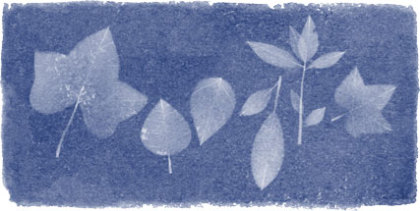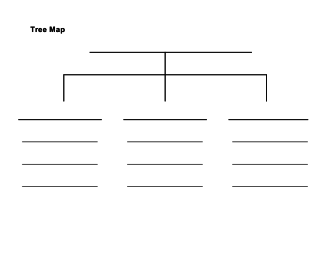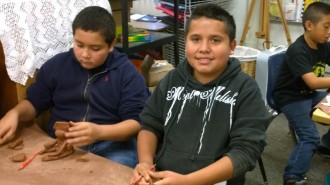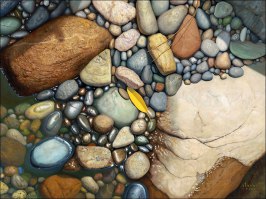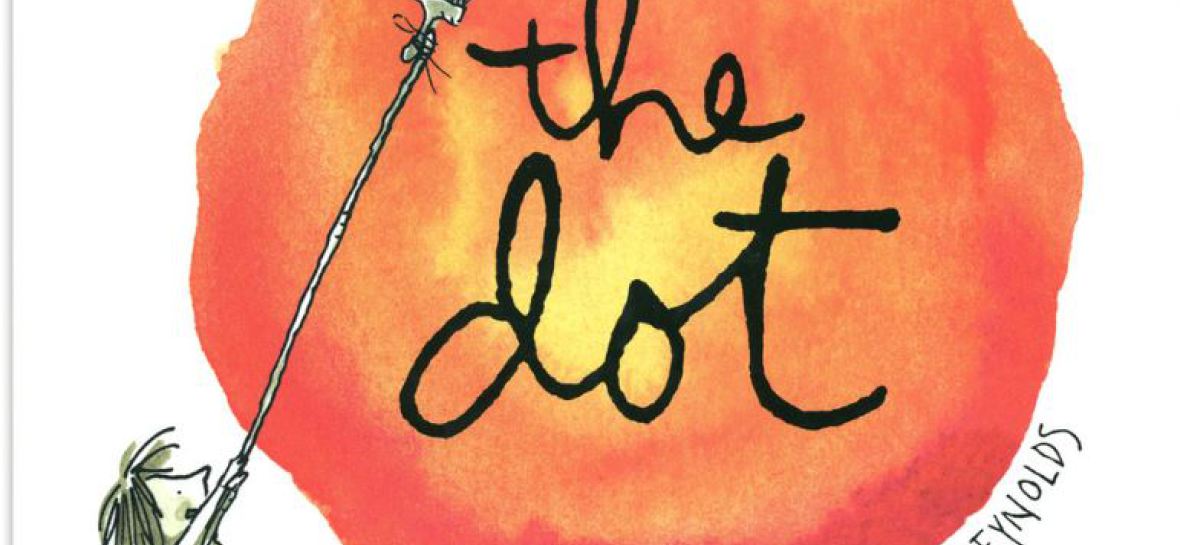

Nature's Impressions & Poetry
An adapted Getty Lesson: A Natural Balance in Photography and Poetry based on the works of Anna Atkins ~ C Schell
Grades/Level: Lower Elementary
(K–2)
Subjects: Visual Arts, English–Language Arts
Time Required: 3–5–Part
Lesson
Three 40-minute class periods
Author: Julie Lambert, Second Grade Teacher
Washington Elementary School, Burbank
Unified Scho
-
Anna AtkinsBotanist
-
Anna Atkins was an English botanist and photographer. She is often considered the first person to publish a book illustrated with photographic images. Some sources claim that she was the first woman to create a photograph. Wikipedia
-
Born: March 16, 1799, Tonbridge, United Kingdom
-
Died: June 9, 1871, Halstead, United Kingdom
|
Materials |
|||
|
• Reproduction of Arrangement of Specimens by Hippolyte Bayard • White paper (same size as NaturePrint® Paper) |
|||
|
Lesson Steps |
|||
|
Day One
nature, photography, line, shape, balance.
2. Display a reproduction of Arrangement of Specimens by Hippolyte Bayard and ask students the following questions. Direct students to respond in complete sentences (e.g., "I see a __________.").
|
|||
|
3. Point to the answers to the previous question, "What objects do you see?" Now draw a tree map on the board that includes these headings: Size, Shape, Appearance, Texture, and Other.
4. Invite students to brainstorm a list of adjectives to describe the objects they saw in the work of art, using the sentence frame, for example, "Plants can be __________." Record the students' adjectives under the correct heading on the tree map. |
|||
4. Invite students to brainstorm a list of
adjectives to describe the objects they saw in the work of art, using the sentence frame, for example, "Plants can be __________." Record the students' adjectives under the correct heading on the
tree map.
5. Display a reproduction
of Leucojam Varium by Anna Atkins and
Anne Dixon. Ask students the same questions listed in step 2. Direct students to respond in complete sentences (e.g., "I see a __________."). Add adjectives describing the objects to the tree map
as
appropriate.
6. Point out that the lines and shapes on the left of
the image are balanced by the lines and shapes on the right. Ask students to identify which lines and shapes appear balanced.
7. As a class, write a "balanced" poem, using the
adjectives under one
of the headings on the tree map. For example:
Leaves (title: 1 item you
see)
Tiny, petite (2 adjectives related to size)
Crooked, curved, narrow (3 adjectives related to shape)
Graceful, flawless, delightful (3 adjectives related to appearance)
Crisp, smooth (2 adjectives related to texture)
Nature (synonym for title)
Point out how the number of adjectives per line are
balanced if you split the poem in half (i.e., compare three lines on top to three lines on the bottom).
8. Tell students that both images they discussed are
photographs that were made a very long time ago. The photographs were made with special paper that can make a picture without a camera. Tell students they will make their own photographs with special
paper.
9. Assign homework to students. Ask them to bring to
class at least three items from nature from around their homes or school (e.g., leaves, sticks, feathers, flowers) to use for their art.( Have some on hand forfriends who
forgot.)
Day Two
1. Allow students to choose at least three items that
they brought to class. Give them a piece of white paper that is the same size as the NaturePrint Paper. Have students play with arranging their selected objects from nature on the piece of paper to
create balance. Have students share with their partners how they created balance with their objects.
2. Once students have balanced compositions, tell them
they will transfer their compositions onto NaturePrint Paper. Distribute to each student a piece of cardboard, to use as a base, and a piece of NaturePrint Paper. Tell them to carefully move the
items from the white paper onto the NaturePrint Paper, retaining the same balanced composition. They can use pins or transparencies as needed to hold the items down and keep them from
shifting.
3. Carefully take the papers with the items outside
into direct sunlight and expose them for around two minutes. The paper should turn light blue.
4. Soak the papers in cool water for one
minute.
5. Allow each of the students' papers to dry flat on a
paper towel that is labeled with the student's name.
Day Three
1. Give each student the NaturePrint Paper composition
they created, that you have mounted on a piece of black construction paper.
2. Direct students to look at their own photographs.
Tell them to think of a title for their art (possibly using the most predominant item from their composition, such as Leaves orButterflies).
3. Pass out to students the handout "A Balanced Poem,"
which uses a form based on the cinquain format. Using adjectives from the Day One lesson for inspiration, guide students to select adjectives from the tree map that can be used to describe their own
works of art. Have students complete the handout by writing their own balanced poem.
4. Ask students to have a peer edit their poem for
spelling and for the use of the best adjectives. Then have students rewrite their poem neatly on another piece of paper. Then have them use glue to mount their poem on the black construction paper
just below their print.
From My absolutely favorite Literacy Web Site: Literacy TA. "Peer Review helps students learn how to talk about and revise writing. In this collaborative learning environment, students take turns reading each other's work, commenting on structure, punctuation, word choice, and overall coherence. After the Peer Review session, students use their classmates' comments along with their own ideas to revise their written work.
|
Assessment |
|||
|
Students will be assessed on: |
|||
______________________________
Title (Choose one item you see.)
____________________, ____________________
Write two words to describe the item’s size.
____________________, ____________________, ____________________
Write three words to describe the item’s shape.
____________________, ____________________, ____________________,
Write three words to describe how it looks.
____________________, ____________________
Write two words to describe how it feels.
______________________________
Synonym for title
Artful Teaching
Mrs. Schellenberg & Young Artists
Ralph Waldo Emerson's Poem: Success- to leave the world a bit better, whether by a healthy child, a garden patch or a redeemed social condition; To know even one life breathed easier because of you.
Thank you AT&T
We used the wiring for our artful galimotos

